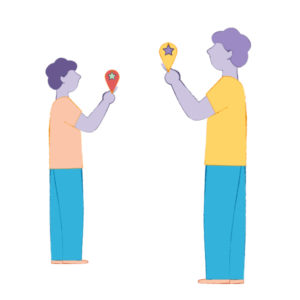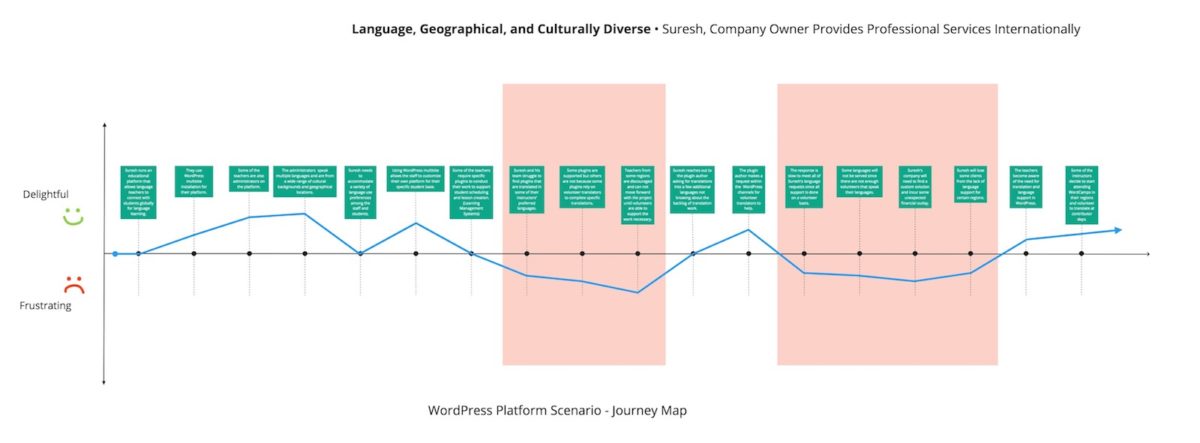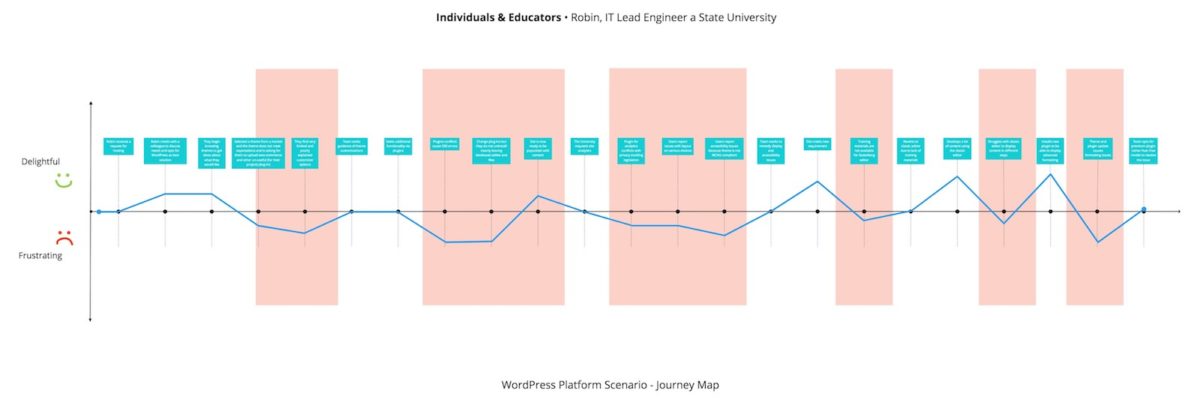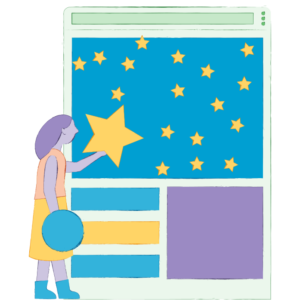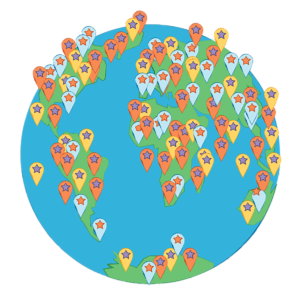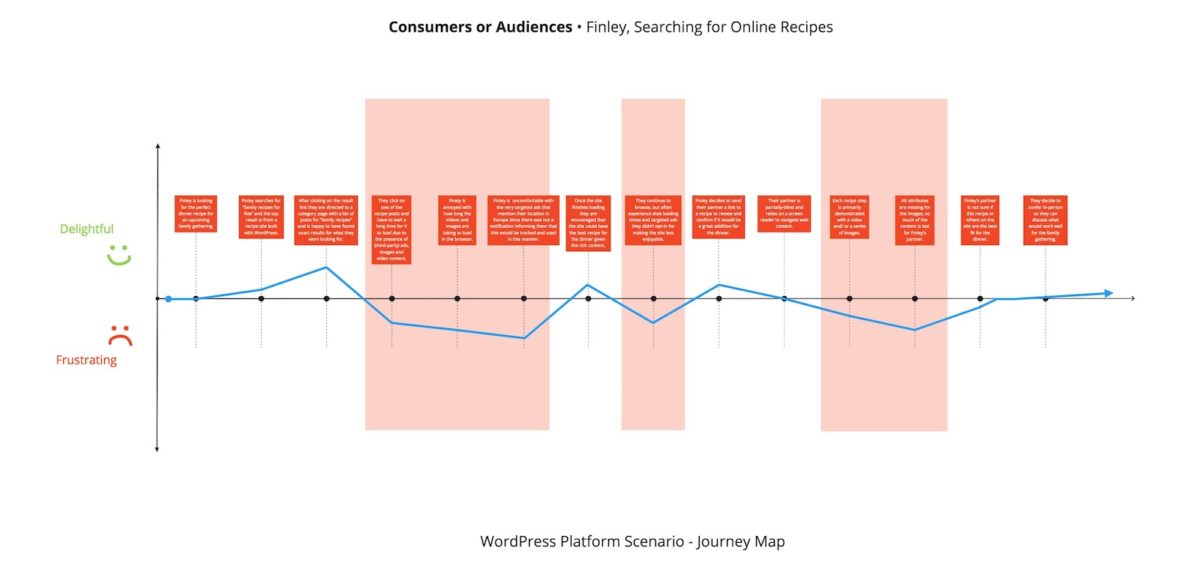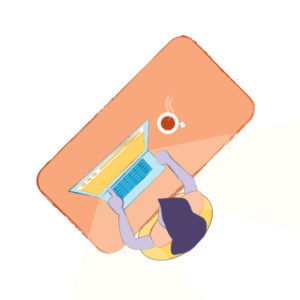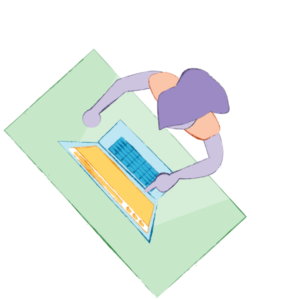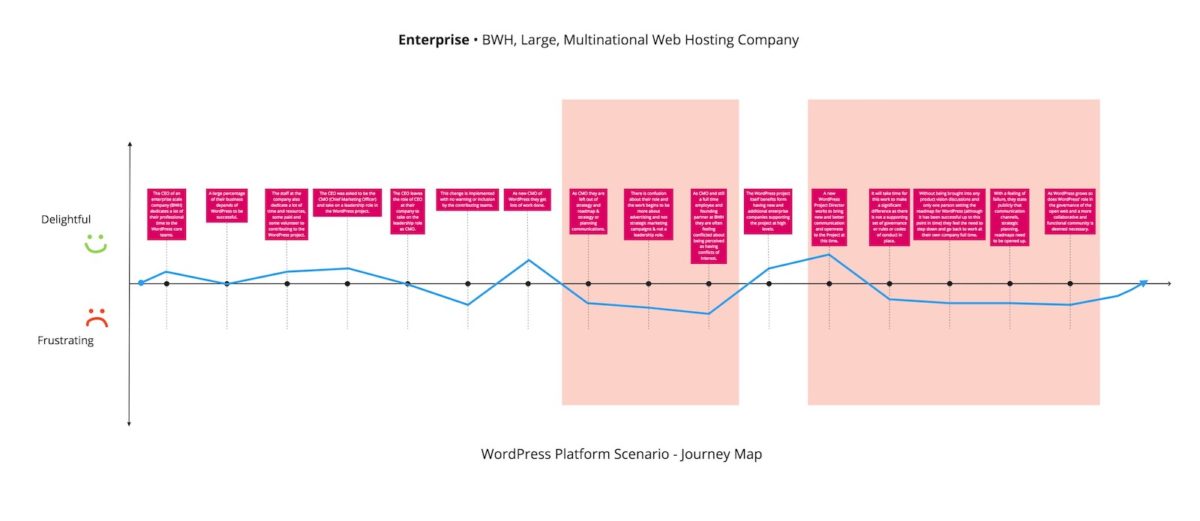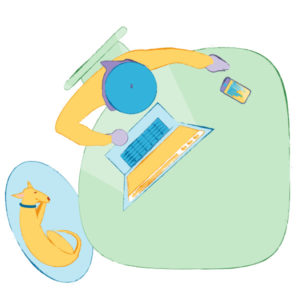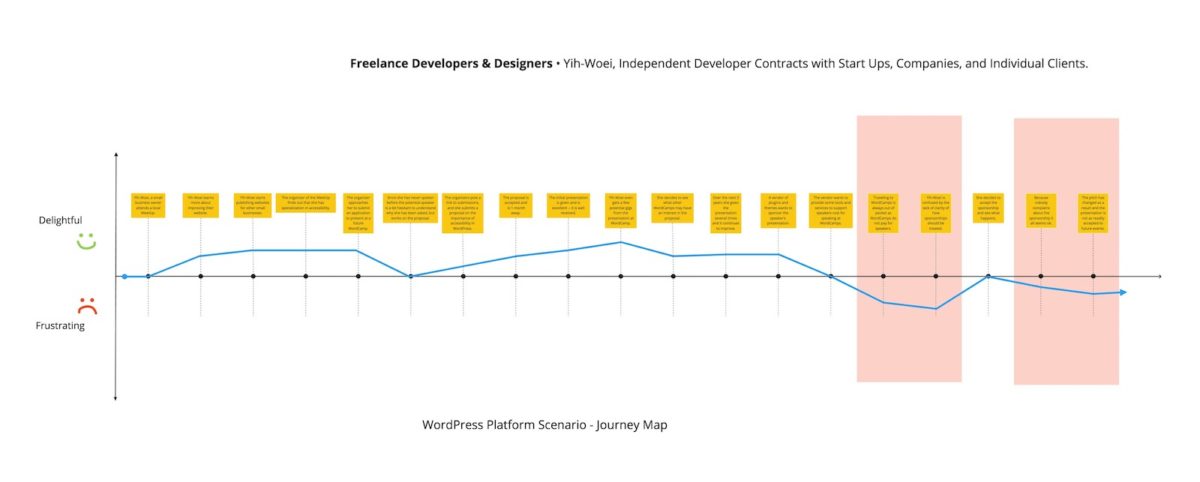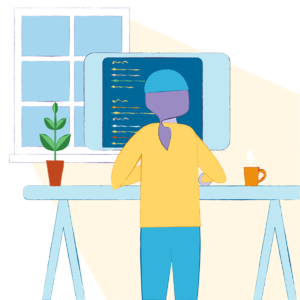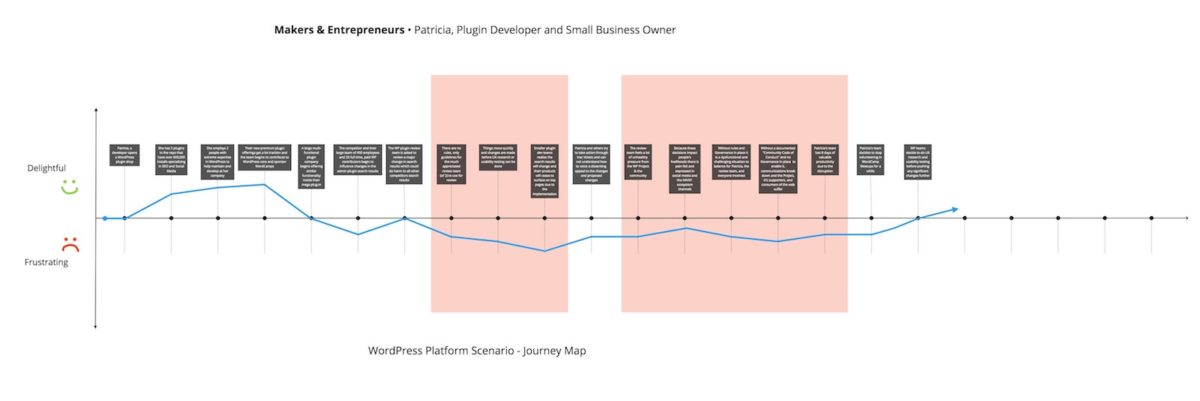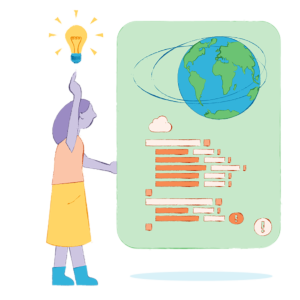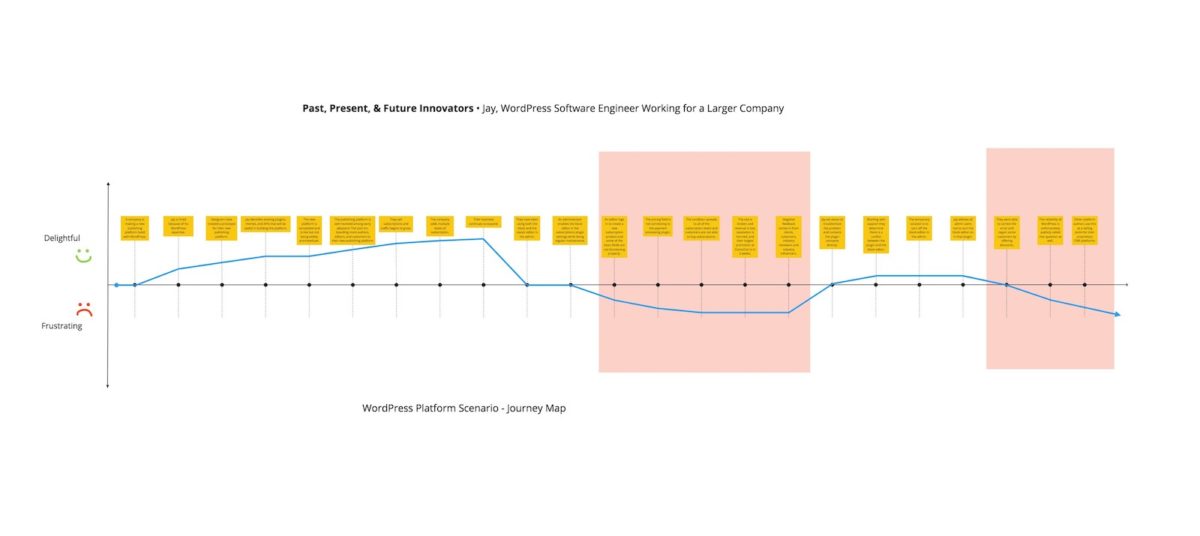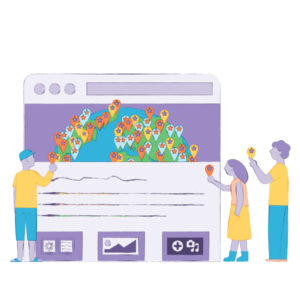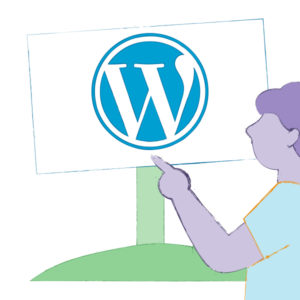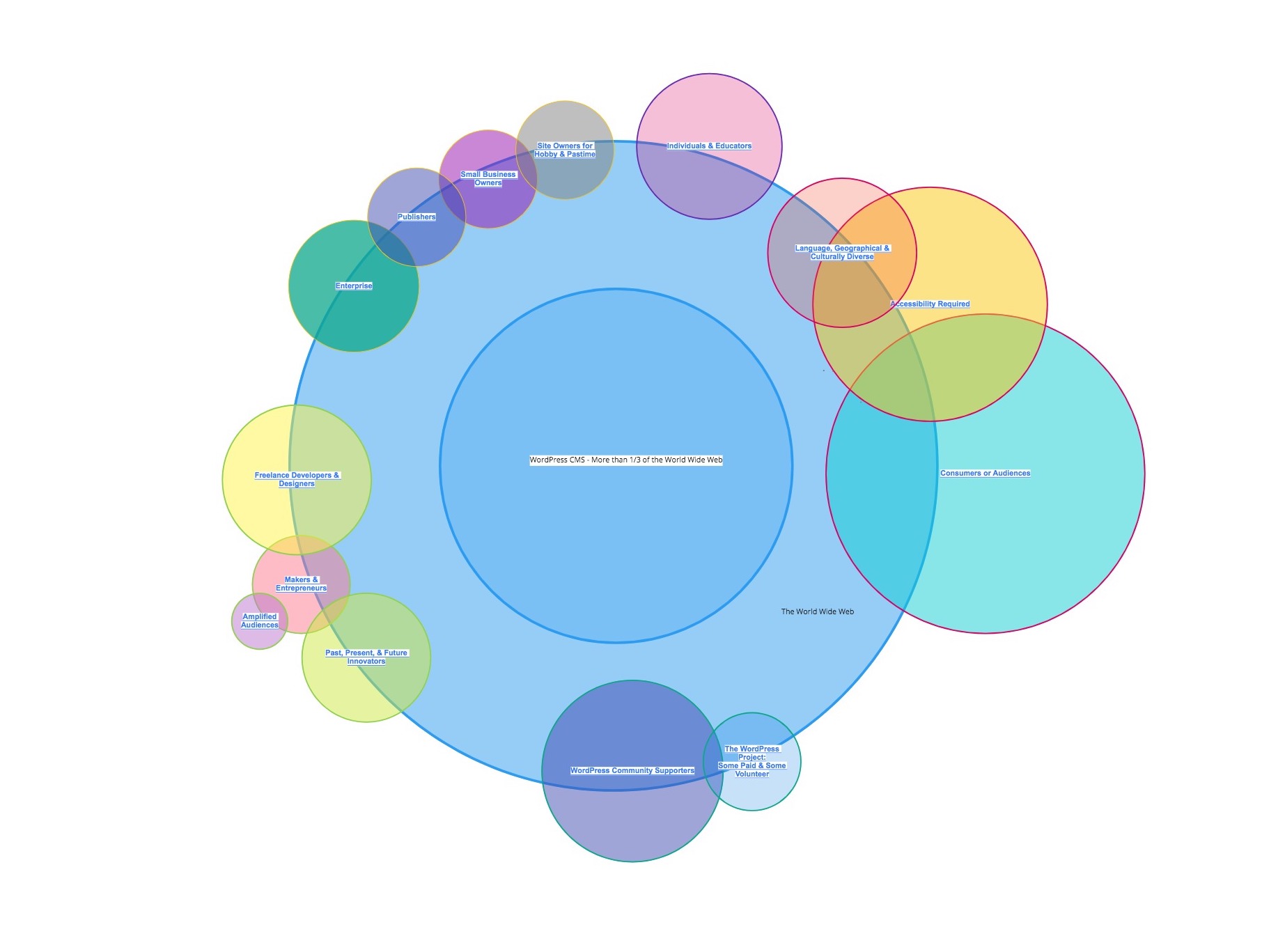At WordCamp Europe 2019, someone asked Morten Rand-Hendriksen when the revolution would begin.
His answer: This is not the revolution you’re looking for.
When we launched the WordPress Governance Project back in December 2018, we made a crucial error in not clearly setting expectations right at the start.
This lack of clarity, combined with a growing undercurrent of unrest in the WordPress community, led some to label the project a revolt, a revolution, even a coup.
That’s unfortunate and has done governance, and our project, a disservice. I feel its incumbent upon myself and Morten to set the record straight so we are able to move forward as a community.
What is governance?
Governance is a seemingly misunderstood word. But the definition of governance is quite simple: “the activity of governing something” or “the way that organizations are managed at the highest level, and the systems for doing this.”
Governance is the way in which organizations get things done.
The WordPress project already has some governance, but much of it remains ad-hoc, opaque, and often inscrutable.
The WordPress Governance Project was created to clearly define, formalize, and clarify how the WordPress project is managed.
Our goal is to introduce clarity and transparency in three key areas of the WordPress project:
- Its organizational structure
- Its day to day processes
- How decisions are made
The WordPress project, and its leadership, make decisions that affect a large and growing percentage of the web. Their decisions affect people’s livelihoods.
With so many impacted, it’s vital that we understand and inform users about what we do that affect their success and trust. Good intent and planned safeguards are a given, but due diligence for and with our diverse users is a must.
Governance means providing clear policies and processes. When an organization, especially one that is large and volunteer-based, lacks clear governance, the health of its people and product suffer through confusion, frustration, and growing pains.
What the governance project is not
In light of the rumors and speculation about the project, it is also important to point out what governance is not.
Governance is not democracy
We don’t believe WordPress decisions need to be voted on by the masses.
We do, however, believe that since most WordPress users don’t get to vote, decisions made by the project should be driven by clear processes and defined policy. Users have the right to know where the project stands on key issues (like privacy and ethics) so when important issues are raised, we know how the project will move forward. This is how you build trust.
Governance is not a revolution
We’re not here because we think project leadership needs to be scrapped. We want governance because we love the project and want to make sure its sustainable.
Governance is not a coup
We’re not here because we want to overthrow Matt Mullenweg.
Governance and Matt Mullenweg leading the WordPress project are not mutually exclusive.
The goal of The WordPress Governance Project isn’t to change how Matt is involved, but to more clearly define how the project is managed, and how he and others fit into the process.
We didn’t start this project because we want to remove anyone from power. We’re here because we care about the WordPress project, even more so its people, and believe that an organization of its size needs clear and transparent governance in order to remain sustainable and healthy.
How governance can help the WordPress project
There are many areas in which governance can help the WordPress project, from defining processes to creating policies, all of which serve to bring clarity to the project’s priorities and decision making.
Two great examples of the impact (the lack of) governance can have on the WordPress project can be found in recent posts on the Make blog.
Example 1: Auto-updating old versions of WordPress
Recently, Ian Dunn proposed to auto-update old versions of WordPress to 4.7 and an onslaught of feedback ensued. So much so, in fact, that Ian felt the need to schedule a follow up Slack meeting and declare “No decisions will be made during the meeting, but I hope that we can have a productive conversation and move closer to some kind of resolution.”
There is no clear path for Ian to resolve this discussion because there is no clear path for how these decisions are made, especially when the feedback is so diverse. It’s not even clear if Ian has the responsibility or authority to resolve the discussion.
Furthermore, the debate highlights the lack of a project-wide privacy policy. How does the WordPress project define consent? Does the project require explicit, implicit, or opt-out consent?
Example 2: Conflicts of interest
Recently, Timi Wahalahti posted a question about “How to handle conflict of interest situations”. While the question is specifically about Meetups and WordCamps, it brings up a larger problem: The WordPress Open Source project doesn’t have a Conflict of Interest policy, and has no way of creating or enforcing one.
Any enforcement based on conflict of interest is at best ad-hoc based on the opinions of those involved.
How to help the WordPress project
No matter where you stand in these debates, these interactions with the community pose a lot of questions:
- Who can propose and create project policies?
- How are those policies discussed, ratified, and enforced, and by whom?
- What is the project’s stance on privacy and consent?
- How will feedback be adequately and objectively represented towards a decision?
- Where (in what public forum/space) and when will a decision be made?
- By what mechanism will the final decision be made? And by whom?
- Who holds accountability for the final decision?
Answers to these questions would make a big difference towards the resolution of these and future proposals and issues.
These examples highlight a key component of functional governance: clear decision making processes and the creation and enforcement of policies.
Having clear policies on important topics such as privacy, conflicts of interest, accessibility, and more can make a huge difference in building trust and moving the project forward because decisions are driven by clearly defined priorities, and not by individual opinions.
However, policies are nothing without accountability, which is why defined organizational structures and processes are just as important.
What’s next for The WordPress Governance Project
Aside from our ongoing research and governance hypothesis, the WordPress Governance Project is also focusing its efforts to help create working examples of the following policies:
- Community Code of Conduct
- Diversity and Inclusion Policy
- Code of Ethics
- Privacy Policy
- Conflict of Interest Policy
- Accessibility Policy
Considering there’s no clear process for proposing and ratifying these types of policies, the goal of these efforts are to create a starting point for future official discussions within the WordPress project.
If you’d like to help with the creation of these policies, please get involved and let us know.
If you’re like to get more involved, the general project meetings of The WordPress Governance Project take place every Tuesday at 4 p.m. UTC in our Slack account. Use World Time Buddy to confirm your local time.
